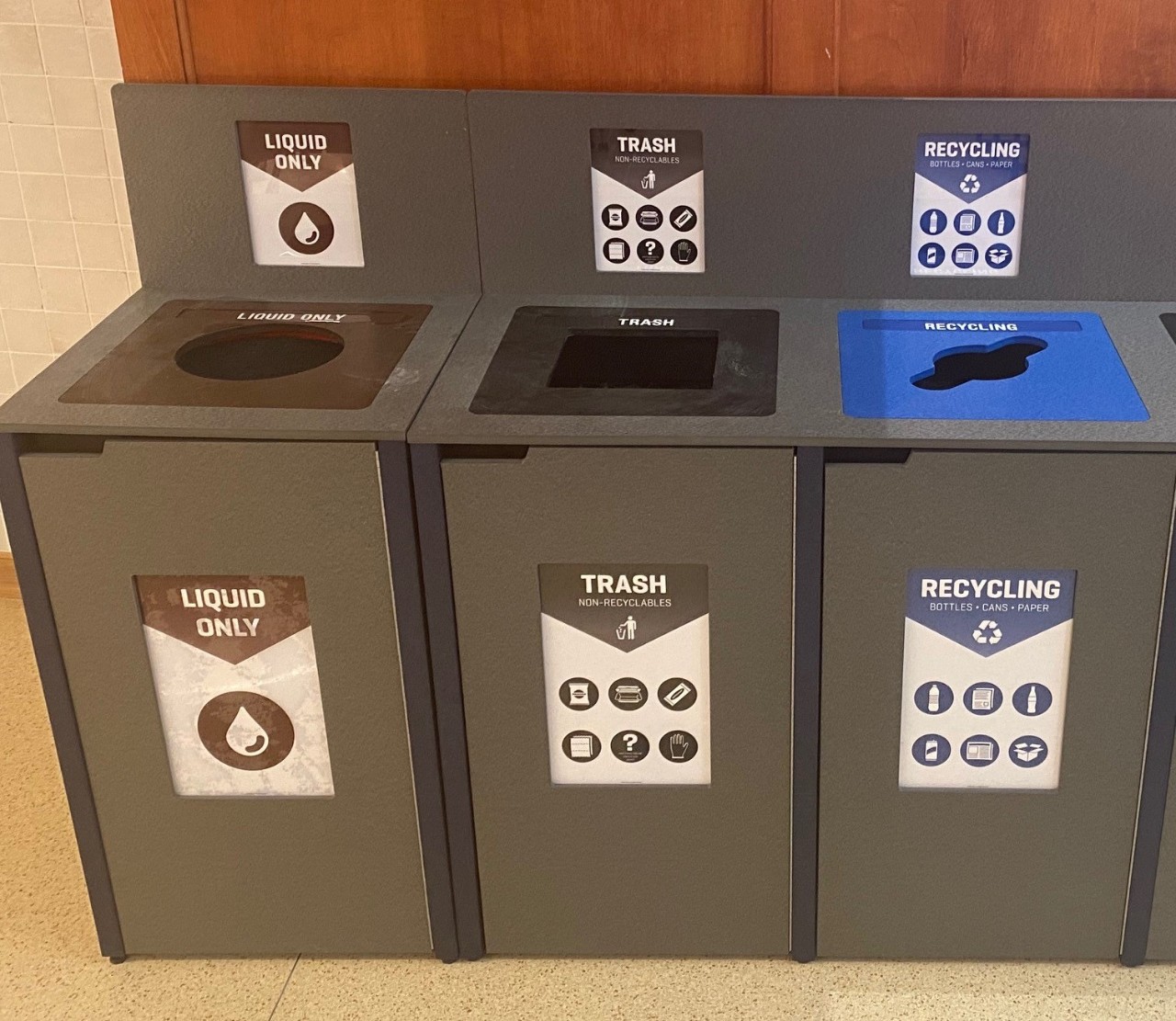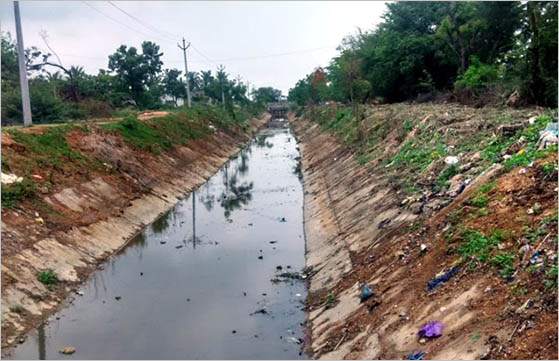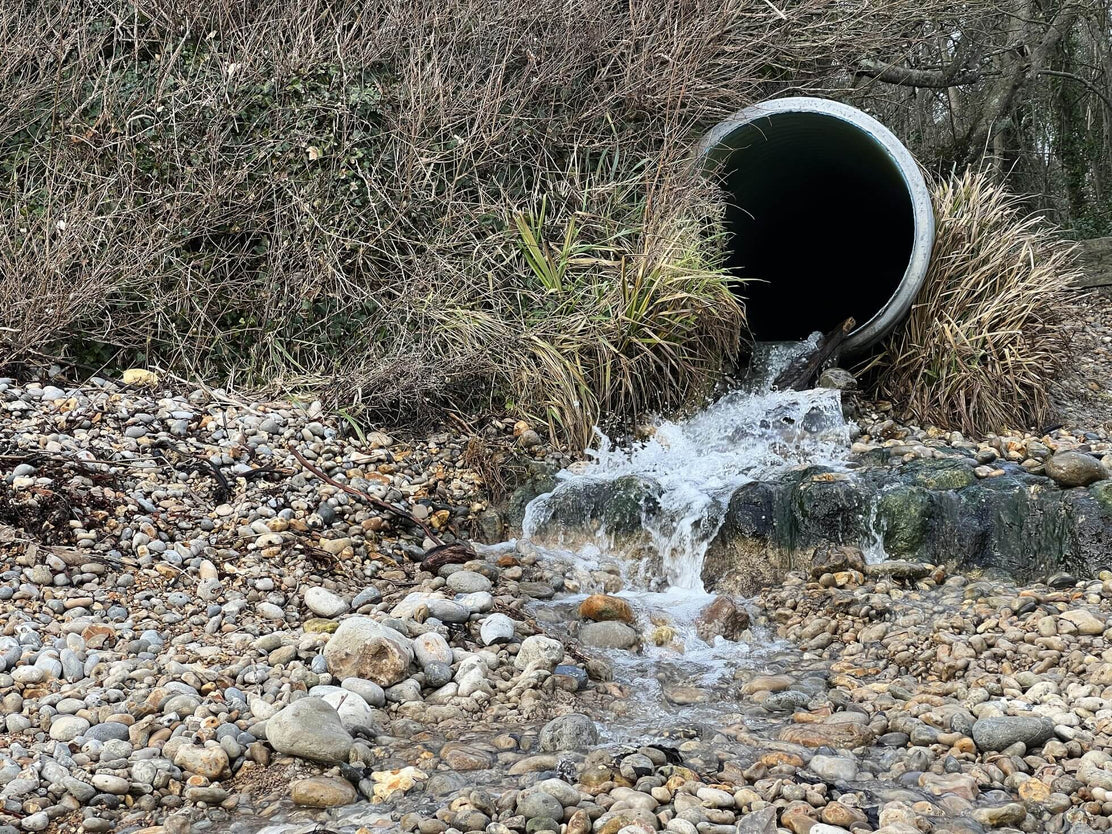Comprehensive Liquid Waste Disposal: Solutions for Houses and Services
Comprehensive Liquid Waste Disposal: Solutions for Houses and Services
Blog Article
Just How Fluid Garbage Disposal Functions: A Thorough Overview of Strategies and Technologies Utilized

Introduction of Fluid Waste Types
The complexity of fluid waste types demands a detailed understanding of their features and effects for disposal. Fluid waste can broadly be categorized into several types, including commercial, community, farming, and harmful waste. Each classification exhibits distinctive residential properties, needing specific administration methods to reduce ecological and health and wellness risks.
Industrial fluid waste originates from manufacturing processes and frequently consists of a variety of contaminants, such as heavy steels, solvents, and organic substances. Local liquid waste, largely making up wastewater from homes and industrial facilities, consists of raw material, nutrients, and virus (industrial wastewater treatment). Agricultural liquid waste, consisting of overflow from ranches, may have plant foods, chemicals, and animal waste, posturing threats to water quality and communities
Hazardous fluid waste is identified by its poisoning, sensitivity, or possible to trigger injury. This classification includes compounds like acids, bases, and particular chemicals that require rigorous handling and disposal methods. Comprehending these varied liquid waste kinds is essential for creating effective disposal techniques and ensuring conformity with ecological policies. Proper classification and characterization are necessary for executing appropriate therapy techniques and decreasing the unfavorable effect on public health and the setting.
Physical Treatment Techniques

Testing is the preliminary step, where bigger particles and debris are eliminated from the liquid waste making use of displays or grates. This process safeguards downstream equipment from damages and makes sure smoother operation. Following testing, sedimentation makes use of gravitational pressure to different solids from liquids. In sedimentation containers, larger fragments resolve at the base, creating a sludge layer, while the made clear liquid can be further dealt with.
Filtration is another vital approach that entails passing the fluid through permeable materials, such as sand or membrane layers, to record smaller particles. This action improves the quality of the fluid, making it appropriate for subsequent therapy processes.

Chemical Treatment Techniques
Chemical treatment strategies are crucial for successfully handling liquid waste, particularly in resolving liquified and colloidal pollutants that physical methods may not properly get rid of. These strategies use various chemical representatives to reduce the effects of, precipitate, or change unsafe compounds into much less damaging forms.
One usual approach is coagulation and flocculation, where chemicals such as alum or ferric chloride are added to advertise the aggregation of suspended bits. This process enhances sedimentation, permitting for less complicated elimination of the resulting sludge. Furthermore, oxidation procedures, utilizing agents like chlorine or ozone, are employed to break down complex organic substances and virus, making the waste much safer for discharge or more therapy.
Neutralization is another vital method, which changes the pH of acidic or alkaline waste streams to neutral degrees, protecting against potential injury to downstream systems and the environment. Moreover, advanced oxidation processes (AOPs) utilize combinations of oxidants and ultraviolet light to degrade relentless pollutants, attaining a greater level of treatment efficiency.
Organic Treatment Processes
Organic therapy procedures play an essential function in the monitoring of liquid waste by using microbes to decay raw material and decrease impurity degrees. These processes can be broadly classified right into cardio and anaerobic therapies, each employing certain microbial areas to accomplish reliable waste degradation.
Cardiovascular therapy entails the usage of oxygen to help with the failure of natural products by bacteria. This process is frequently carried out in triggered sludge systems, where aeration Continue containers provide a conducive atmosphere for microbial growth, resulting in the oxidation of natural toxins. The resultant biomass can be divided from dealt with effluent via sedimentation.
On the other hand, anaerobic therapy occurs in the absence of oxygen, relying upon various bacteria to break down organic matter. view publisher site This technique is specifically useful for high-strength waste, as it creates biogas, a renewable energy source, while reducing sludge manufacturing. Technologies such as anaerobic digesters are regularly employed in commercial and local applications.
Both aerobic and anaerobic biological therapies not just decrease the ecological impact of fluid waste but likewise facilitate resource recuperation, making them necessary components of lasting waste monitoring approaches. Their effectiveness, adaptability, and efficiency sustain their widespread execution across different fields.
Emerging Technologies in Disposal
Cutting-edge techniques to fluid waste disposal are swiftly progressing, driven by innovations in modern technology and a raising focus on sustainability. Amongst these arising modern technologies, membrane bioreactors (MBRs) have actually gotten traction for their ability to incorporate organic therapy with membrane layer filtering, leading to premium effluent that can be recycled in different applications. MBRs enable smaller sized footprints and a lot more efficient procedures contrasted to conventional systems.
One more encouraging advancement is the usage of anaerobic food digestion integrated with nutrient recovery technologies, which not just treats liquid waste yet also produces biogas and recuperates useful nutrients like nitrogen and phosphorus. This twin benefit improves source efficiency and lowers ecological influence.
In addition, advanced oxidation processes (AOPs) are being embraced for the destruction of intricate natural contaminants. These techniques utilize effective oxidants and catalysts to break down contaminants at the molecular degree, providing an extremely efficient remedy for tough waste streams.
Moreover, the combination of expert system and machine learning in waste administration systems is maximizing operational performance and predictive upkeep, resulting in reduced prices and boosted environmental conformity. These technologies show a substantial shift towards more reliable and sustainable liquid waste disposal techniques.
Final Thought
To conclude, efficient liquid garbage disposal demands an extensive understanding of various strategies and technologies. The integration of physical, chemical, and biological treatment techniques ensures the reliable monitoring of diverse waste types. In addition, the development of ingenious innovations boosts treatment effectiveness and advertises sustainability in waste administration methods. By continuously progressing these techniques, it comes to be feasible to resolve the growing difficulties related to fluid waste, eventually adding to environmental management and source recuperation.
Fluid waste disposal is an essential element of ecological management, calling for a thorough understanding of different techniques and innovations customized to different waste types. Fluid waste can broadly be classified into a number of kinds, including commercial, community, farming, and dangerous waste. Agricultural fluid waste, including drainage from farms, may include fertilizers, pesticides, and pet waste, presenting risks to water top quality and communities.
Numerous physical treatment approaches play a vital role in handling liquid waste properly - industrial wastewater treatment.In verdict, efficient fluid waste disposal demands an extensive understanding article of different techniques and technologies
Report this page